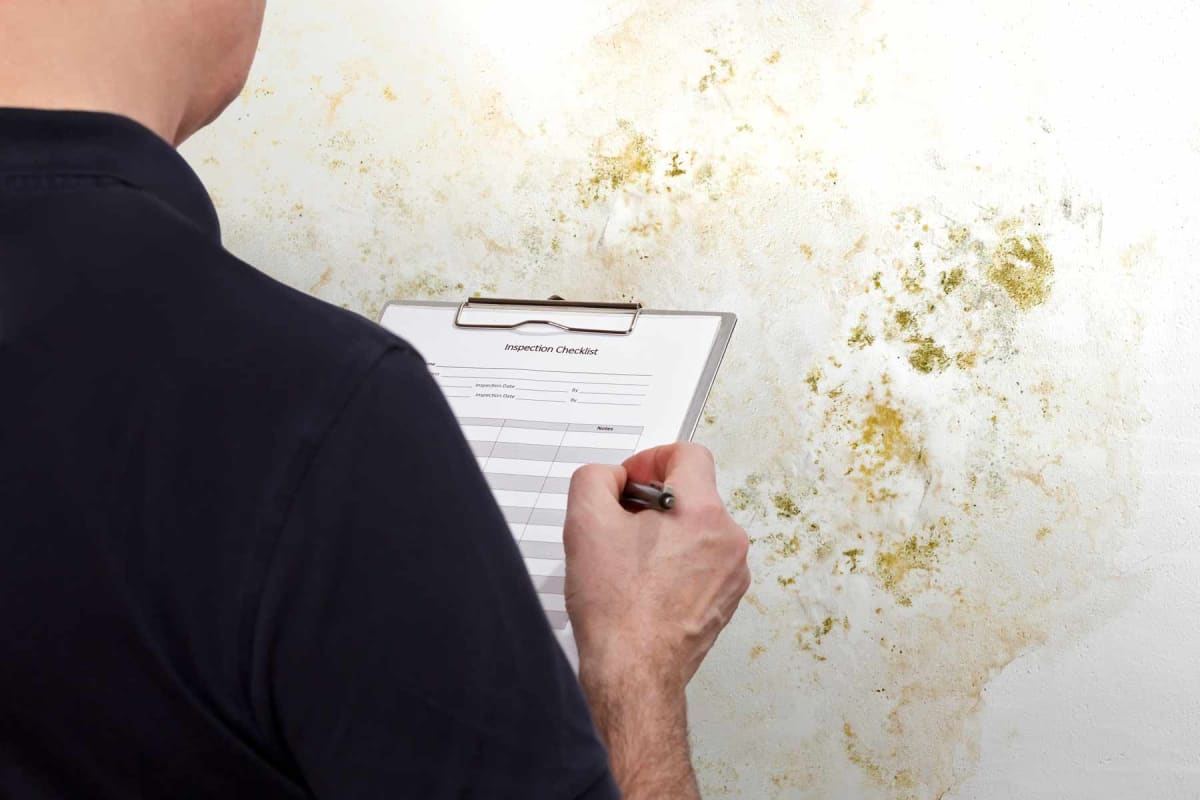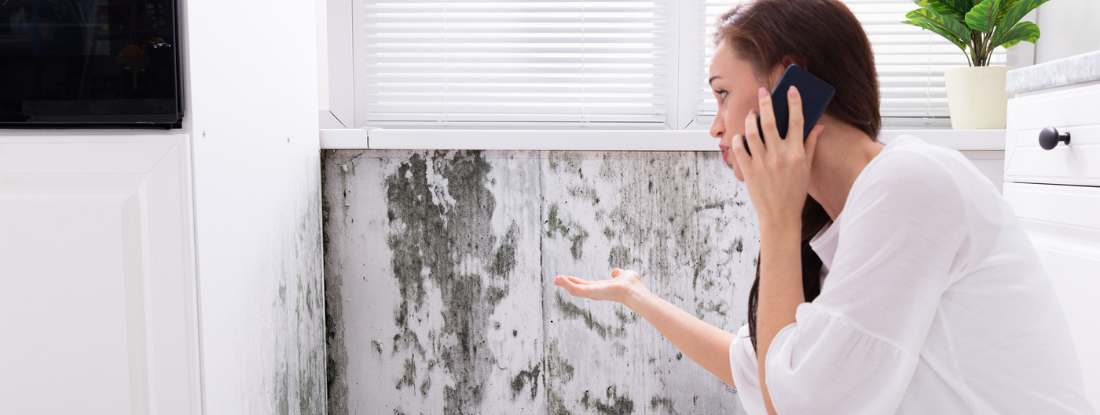After Mold Remediation Methods for Clean Areas
Wiki Article
Your Ultimate Overview to Blog Post Mold And Mildew Remediation Methods
Navigating the world of post-mold remediation techniques is a careful procedure that requires focus to information and a comprehensive understanding of the intricacies involved. In the consequences of mold and mildew problem, knowing how to properly eliminate the mold and mildew and prevent its reoccurrence is critical for keeping a healthy interior setting. From picking the right cleaning and sanitizing approaches to executing methods for long-term mold and mildew avoidance, each action in the remediation journey plays an important role in guaranteeing a successful end result. As we start this exploration of post-mold removal strategies, we will uncover the crucial methods and best practices that can assist you restore your space to its pre-mold condition and guard it versus future mold and mildew threats.Recognizing Post-Mold Remediation Process
After completing the mold and mildew remediation procedure, it is vital to comprehend the post-mold removal techniques that are necessary to ensure a comprehensive and efficient clean-up. As soon as the mold has been eliminated, the next step involves cleansing and sanitizing the impacted areas to protect against any regrowth of mold.
Moreover, conducting a last evaluation post-remediation is essential to ensure that all mold and mildew has been efficiently eliminated. This examination should include an extensive aesthetic check as well as potentially air sampling to validate the lack of mold spores in the air. If the examination reveals any type of remaining mold and mildew, added remediation might be needed. Educating residents on preventative steps such as managing wetness levels and without delay dealing with any type of water leaks can aid keep a mold-free setting.
Efficient Cleaning and Decontaminating Approaches

Stopping Future Mold Growth

Significance of Correct Ventilation
Proper ventilation plays an important duty in protecting against dampness accumulation, an essential consider mold and mildew growth within interior atmospheres. Efficient ventilation systems help remove excess moisture from the air, lowering the possibilities of mold spores locating the wetness they require to sprout and spread. Without sufficient ventilation, interior areas can end up being a breeding place for mold, resulting in possible health and wellness dangers and structural damage.By ensuring proper air blood circulation, air flow systems can additionally aid in drying out moist locations quicker after water damages or flooding events, additionally preventing mold and mildew growth. Post Remediation verification. Precede like restrooms, basements, attic rooms, and cooking areas where wetness degrees tend to be greater, installing and maintaining effective air flow systems is important in avoiding mold problems

Monitoring and Upkeep Tips
Provided the important duty that appropriate air flow plays in protecting against mold growth, it is imperative to develop effective surveillance and upkeep pointers to make certain the ongoing functionality of ventilation systems. Regular examinations of ventilation systems should be conducted to look for any kind of signs of clogs, leakages, or breakdowns that can impede correct airflow. Monitoring moisture degrees within the home is also vital, as high moisture can contribute to mold and mildew development. Installing a hygrometer can help track humidity degrees and alert home owners to any spikes that may need interest. Additionally, guaranteeing that air filters are frequently cleaned or changed is essential for preserving the effectiveness of the air flow system. Applying a timetable for regular maintenance tasks, such as air duct cleaning and a/c system evaluations, can aid stop problems before they rise. By staying aggressive and alert to the problem of air flow systems, homeowner can effectively minimize the threat of mold and mildew regrowth and preserve a healthy indoor environment.
Conclusion
Finally, post-mold removal methods are necessary for making sure a safe and tidy environment. Comprehending the process, applying efficient cleaning and disinfecting approaches, stopping future mold and mildew growth, maintaining proper ventilation, and routine surveillance are all critical steps in the removal procedure. By complying with these standards, you can efficiently get rid of mold and mildew and prevent its return, promoting a healthy living or working room for all passengers.In the aftermath of mold infestation, knowing just how to effectively get rid of the mold and mildew and avoid its reoccurrence is critical for maintaining a healthy and balanced interior atmosphere. As soon as the mold and mildew has actually been eliminated, the next action entails cleaning and disinfecting the affected areas to stop any regrowth of mold and mildew - After mold remediation. After eliminating noticeable mold and mildew growth, it is critical to clean up all surfaces in the damaged area to eliminate any type of staying mold spores. To further enhance mold prevention steps, it is necessary to resolve underlying concerns that at first led to mold and mildew development.Provided the vital function that correct ventilation plays in preventing mold growth, it is vital to establish effective tracking and upkeep ideas to make certain the ongoing capability of ventilation systems
Report this wiki page